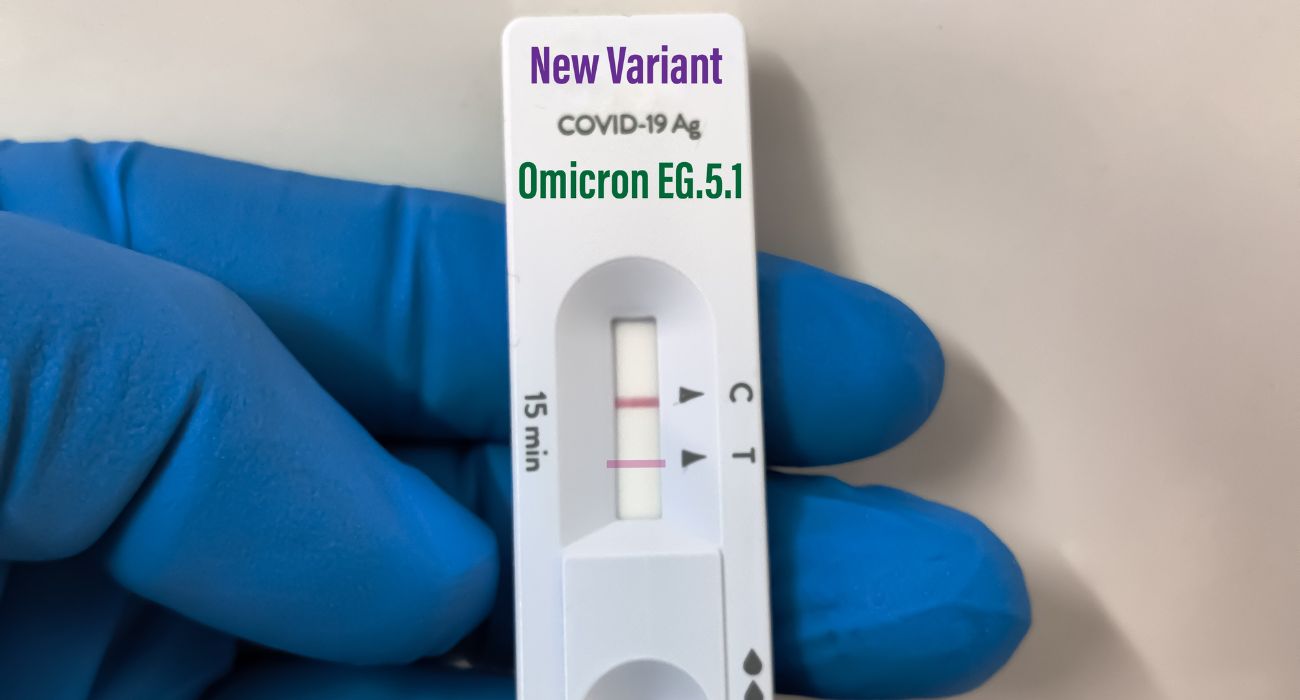The childhood obesity epidemic in the United States is getting worse, and it has prompted the Centers for Disease Control and Prevention (CDC) to revise its body mass index (BMI) growth charts.
BMI is a simple measurement that represents the ratio of a person’s weight to height. It offers a method for assessing body weight while accounting for individual height, sex, and age differences.
Cynthia Ogden, a CDC epidemiologist, said the old charts had been used since 2000 and were based on U.S. surveys conducted from 1963 to 1994. The new charts are based on data for children and adolescents afflicted with obesity from 1988-2016, according to NBC 5.
Tragically, the scale and severity of childhood obesity in the United States have necessitated a revision of the CDC’s models, reported CNBC.
“Prior to today’s release, the growth charts did not extend high enough to plot BMI for the increasing number of children with severe obesity,” said Karen Hacker, director of the CDC’s National Center for Chronic Disease Prevention and Health Promotion, in a press release. “The new growth charts coupled with high-quality treatment can help optimize care for children with severe obesity.”
The previous BMI index charts for children had a maximum value of 37. The new charts have been expanded up to a BMI of 60, an index increase of roughly 62%.
As previously reported in The Dallas Express, childhood obesity is becoming an especially pronounced problem in Texas, with a State of Childhood Obesity report ranking Texas 10th in the United States, with 20.7% of children ages 10-17 classified as obese in 2020-2021, nearly a 4% bump over the national rate of 17% for the same period.
Children with a BMI greater than 95% of their peer group are considered obese under the CDC’s definition, while those with a BMI 120% higher than the 95th percentile are considered severely obese.
Obesity rates have been on the rise among children over the past four decades. According to the CDC’s National Center for Health Statistics, by 1980, 5.5% of children in the United States aged 2-19 were obese, and 1.3% were severely obese. By 2018, 19.3% of American kids were obese, and 6.1% were severely obese, which equates to over 4.5 million severely obese American children and teenagers.
A 2014 study at the Duke Global Health Institute and Duke-NUS Graduate Medical School in Singapore revealed that, on average, childhood obesity leads to $19,000 in additional medical costs per child compared to normal-weight children. At the national level, this results in billions of dollars in additional medical costs each year.
While a healthy diet combined with exercise can help manage body weight, many children consume high-calorie processed foods and engage in little physical activity. Despite physical education and health courses being a requirement at high schools in Texas, less than 65% of students in the Lone Star State attend them.
“It’s really too bad, because the emerging data really show that being physically active helps in executive function, which helps with academic achievement, and also eating a healthy diet has been associated with higher test scores on standardized exams,” said Deanna Hoelscher, dean of UT Health School of Public Health, per the Waco Tribune-Herald.
As previously reported in The Dallas Express, cultural factors could also be at play as well, with children’s entertainment including obese characters and even hinging plots on “fat acceptance.”
Gina Florio wrote in an article for Evie Magazine about a recent Disney production, Reflect, which centers on a plus-size child heroine:
“While there’s nothing wrong with creating cartoon characters who look different from the kind that we’re used to seeing, at some point we have to ask ourselves if it’s wise to promote this kind of content to young girls.”







I believe you out are fat shaming. Stop, health is not important.